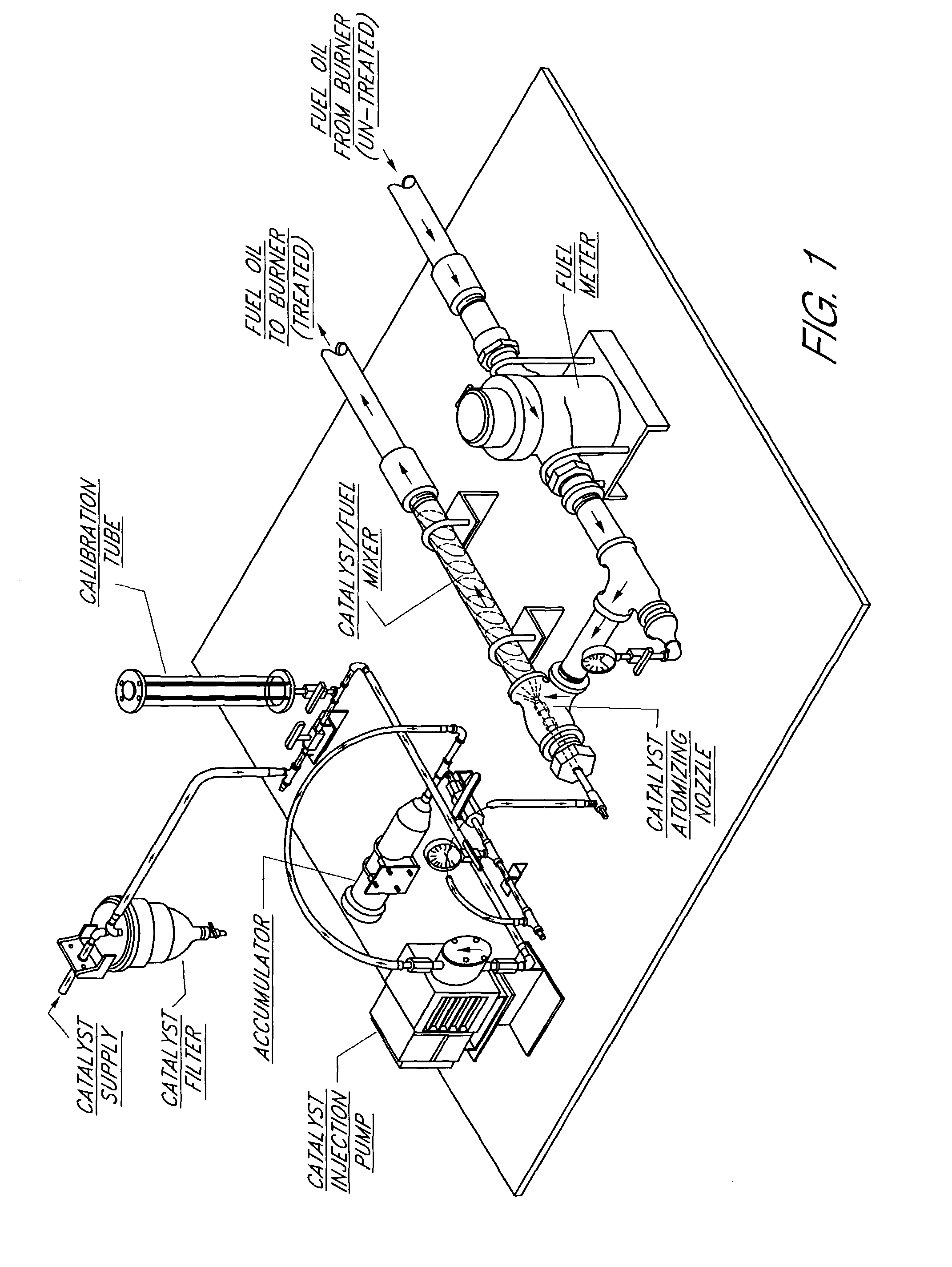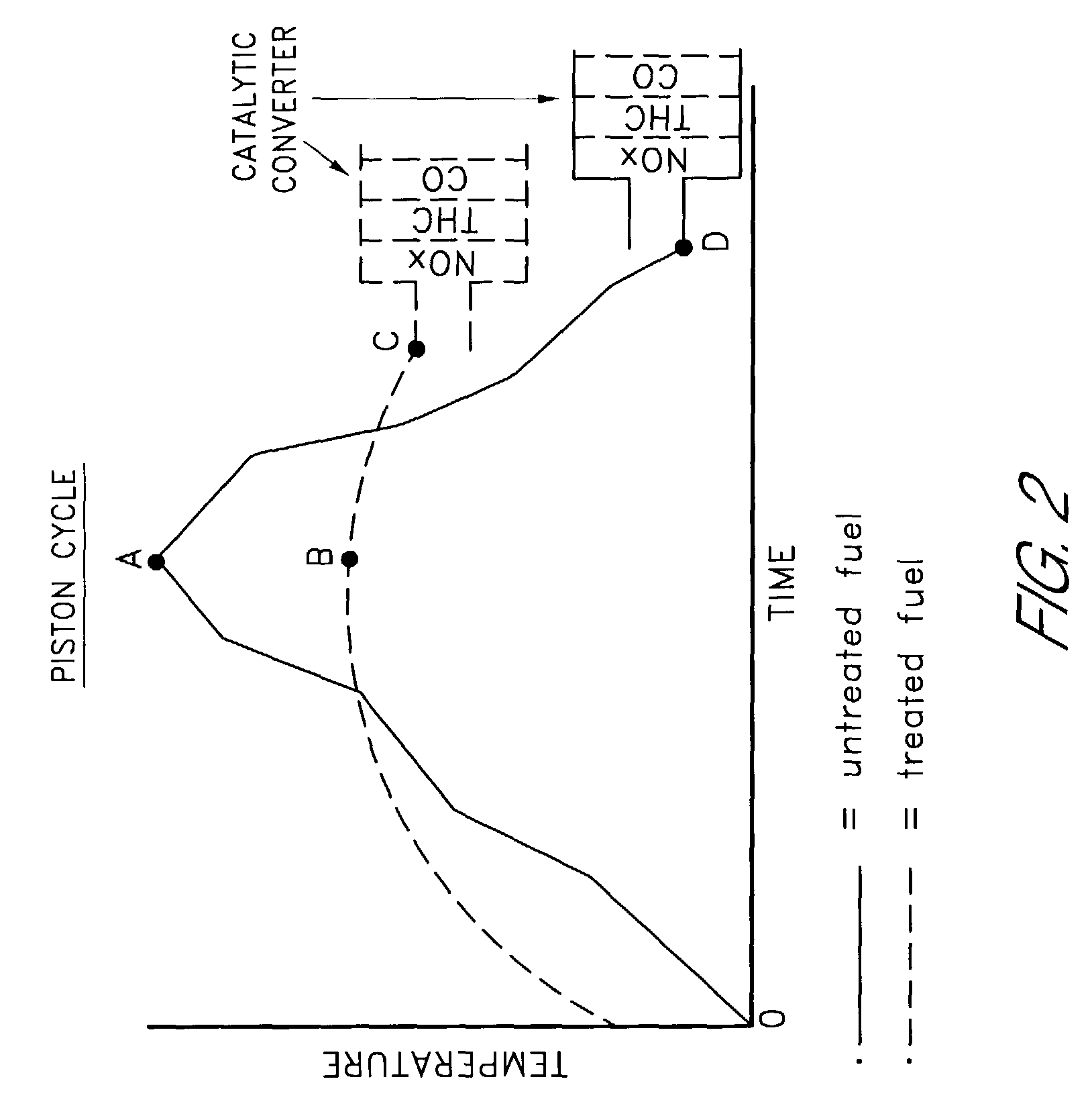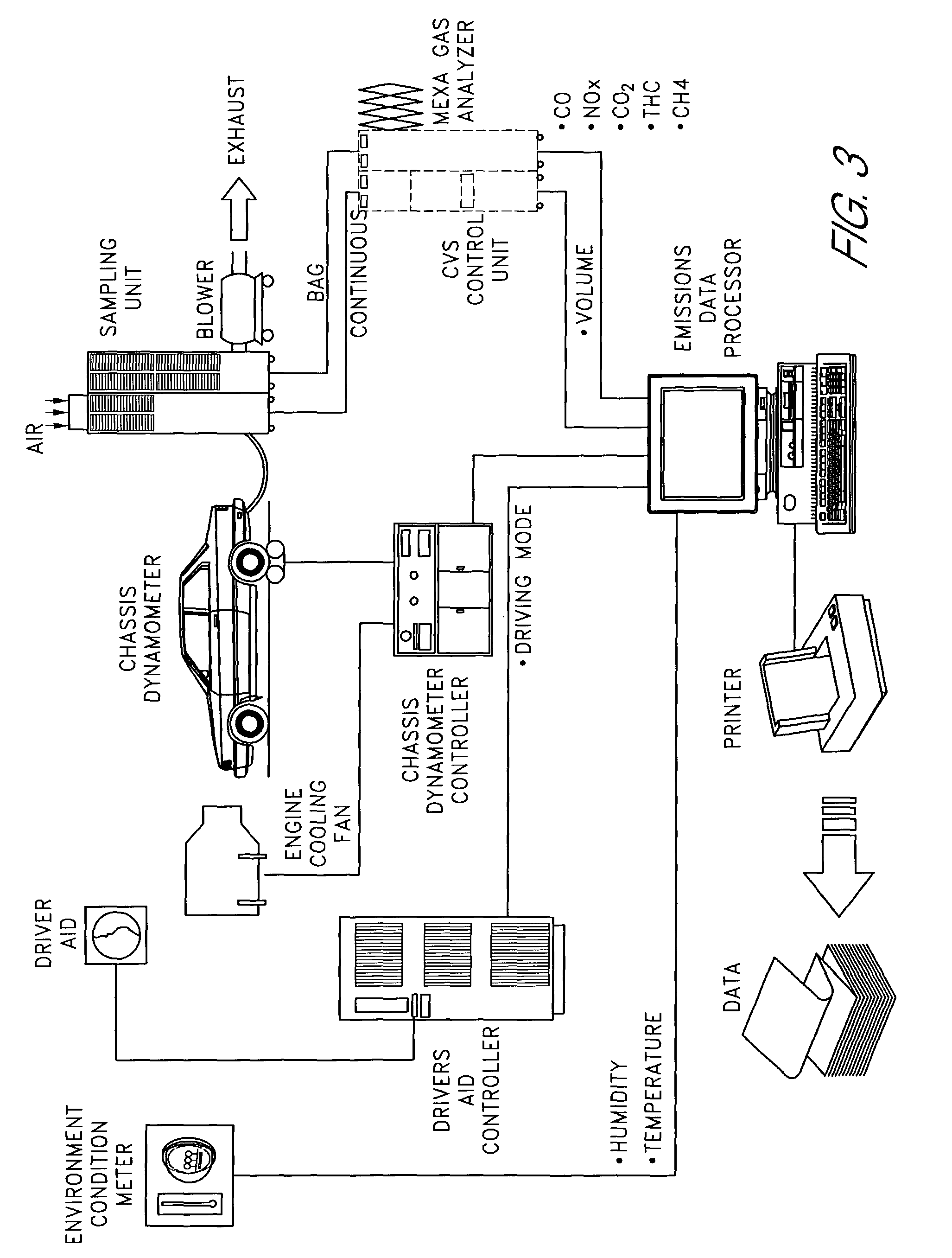Method and composition for using organic, plant-derived, oil-extracted materials in resid fuel additives for reduced emissions
a technology of organic and plant-derived oils and additives, which is applied in the direction of fuel additives, liquid carbonaceous fuels, fuel additives, etc., can solve the problems of high cost of reconfiguring the refinery process, possible negative effects on the quantity or quality of other refinery products, and the generation of a wide range of pollutants, so as to reduce the emission of pollutants and avoid the cost of equipment and product costs of a refinery solution.
- Summary
- Abstract
- Description
- Claims
- Application Information
AI Technical Summary
Benefits of technology
Problems solved by technology
Method used
Image
Examples
examples
[0157]Oil Extraction from Barley Grass
[0158]20 grams of dry, ground barley grass were extracted into a volume of n-hexane. After the extraction was completed, the extract was distilled to remove the n-hexane. After the n-hexane was distilled, the temperature of the extract was raised to 101° C. and maintained at that temperature for 30 minutes to remove any water present in the extract. The extracted oil was transferred to a sample bottle and kept in a vacuum oven at 50° C. for 8 hours to remove any residual water or solvent present in the extract. The extract was then weighed and the percent oil in the sample (on a dry basis) was measured.
[0159]The grass subjected to the extraction procedure described above included two batches, Grass A and Grass B. Grass A was supplied in the form of a dried and ground material. Grass B was supplied in raw form, and required drying and grinding prior to extraction.
[0160]The effect of extraction time was investigated for Grass A. 20 grams of the dr...
PUM
| Property | Measurement | Unit |
|---|---|---|
| temperature | aaaaa | aaaaa |
| temperatures | aaaaa | aaaaa |
| temperatures | aaaaa | aaaaa |
Abstract
Description
Claims
Application Information
 Login to View More
Login to View More - R&D
- Intellectual Property
- Life Sciences
- Materials
- Tech Scout
- Unparalleled Data Quality
- Higher Quality Content
- 60% Fewer Hallucinations
Browse by: Latest US Patents, China's latest patents, Technical Efficacy Thesaurus, Application Domain, Technology Topic, Popular Technical Reports.
© 2025 PatSnap. All rights reserved.Legal|Privacy policy|Modern Slavery Act Transparency Statement|Sitemap|About US| Contact US: help@patsnap.com



